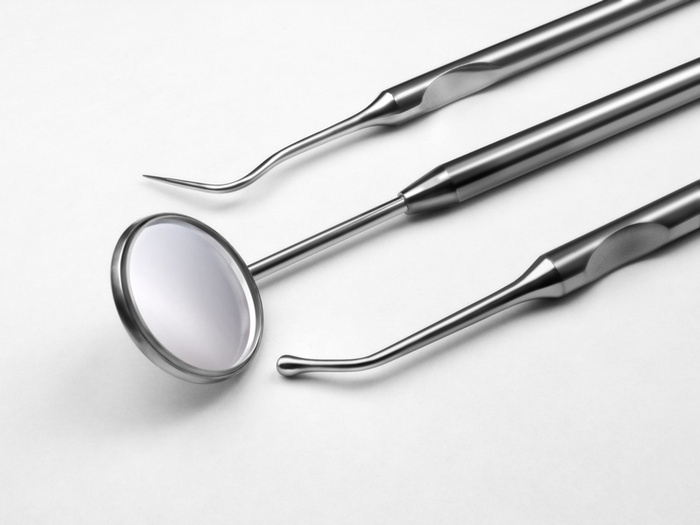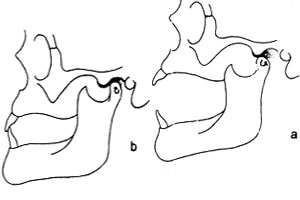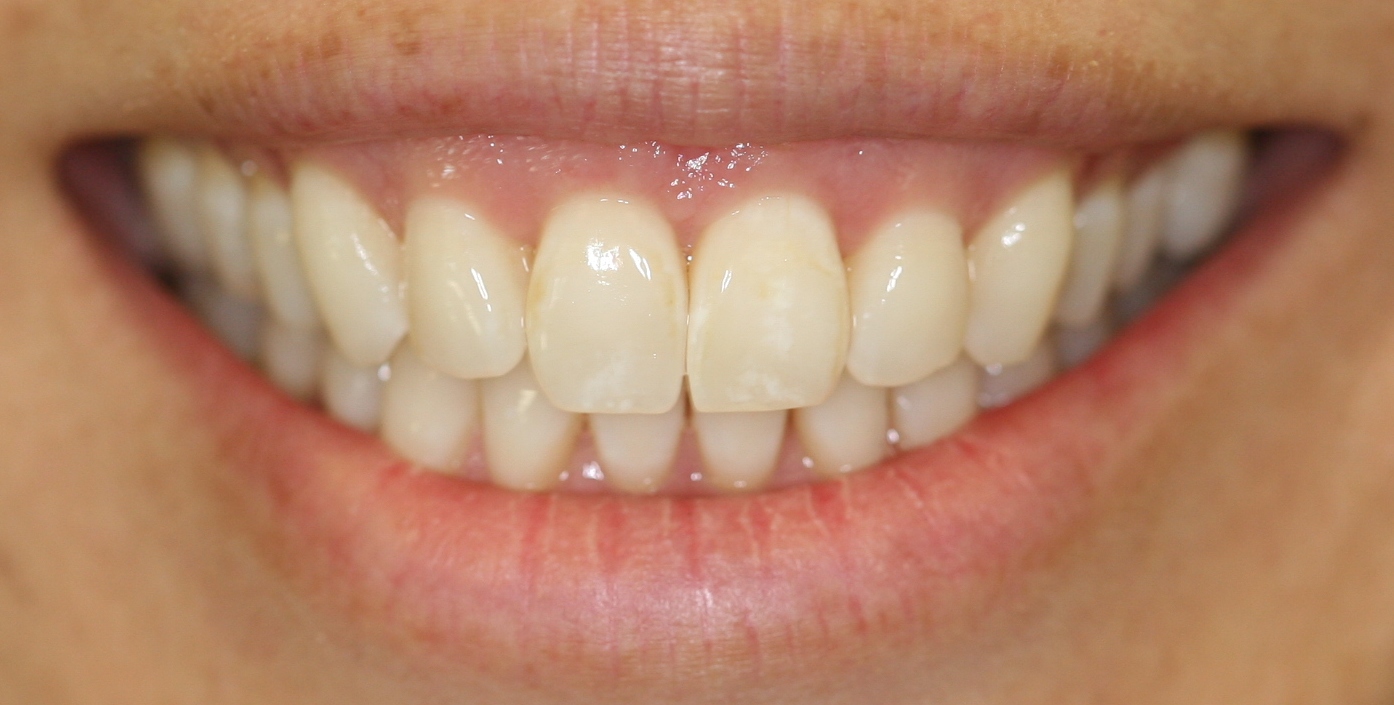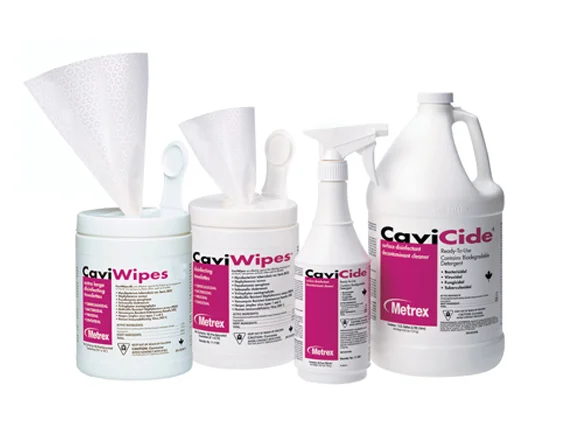Greetings and welcome to our on-going blog series, Dentistry Through the Ages. In these blog posts, we will cover age-group specific dental needs and concerns. Your life is constantly changing, and we want to equip you with the best information possible to keep your teeth healthy!
In this article, we will be covering the dental needs of the adult population. For better or worse, this is one of the most stable periods of oral health. Patients who took good care of their teeth from childhood will likely continue to avoid cavities and plaque buildup. Likewise, those with poor oral health will need to work harder at keeping their gums and teeth clean.
Since tooth decay is (generally) caused by bacteria in the mouth, we can look at past histories of cavities as good indicators of the future. Patients with few dental problems (lower bacterial counts) will generally continue to have healthy teeth (and vice versa). However, changes in diet, medication and certain activities can interrupt the balance. This can be both harmful or beneficial. Healthy patients who start to eat more in response to stress or begin new medical regimens can find themselves developing their first cavities late in life. At the same time, patients with a history of tooth decay can introduce new habits or therapeutics to stop bacterial growth and improve their oral condition. This continuum is important to remember as we grow older, take on more responsibilities and develop new medical conditions and diseases.
The adult years are also the time that many patients start to show the signs of periodontal disease. Years of plaque buildup, trauma, and tartar deposits can leave your gums in less-than-optimal condition. While good home care can stave off the progression of gum and bone loss, some will find themselves in the need of a deep cleaning. Our office utilizes a range of services that can target many different stages of periodontal disease, from mild recession to severe pockets. Those with the most extreme losses of gum and bone height may be candidates for grafting or other periodontal surgeries, typically offered by a periodontist.
The important idea to remember in regards to adult oral health is that good habits will be rewarded with a healthy mouth. Even as your life becomes more complex and stressful, it is important to stay on top of your home hygiene. Our office is here to serve as a partner in keeping your teeth and gums in top shape- no matter what the concern. If you would like to know more about home dental care, cleanings or any other questions, please give us a call!


























